For a number of weeks this column has detailed two completely unexpected species: one white pelican and two common ravens, along with quite a few migrating species that we pretty much only see at this time of the year. This week the bird news is less exciting, so we will focus on one of the most important sites for migrating songbirds at this time of the year.
Of course, I am talking about the Gay Head Cliffs, that westernmost part of the Island where migrating songbirds congregate until favorable weather allows them to continue their migrations across a long stretch of water.
The bird activity peaks in the early morning, so to see the largest number of birds get there within a few hours of sunrise, the earlier the better. Birds can literally be anywhere, flying overhead, feeding along the edge of the parking lot, in any of the many bushes and trees, on the telephone wires, or in the middle of the fields. If there is no activity where you are, then move to a different area, even walk down Lighthouse Road or Moshup Trail. The birds are there whether you can find them or not. Look for other birders too. Find out what they have been seeing and maybe even tag along with them for a while. Birding is great sport.
If there is absolutely no bird activity, check out Lobsterville and the Land Bank’s Gay Head Morraine as they are other hotspots for birding activity. Of course, writing about how to bird Aquinnah means that it is not mentioned in the rest of this column. That is just how it seems to work. Next week will likely be different.
Bird Sightings
Steve Allen reports that he found a juvenile spotted sandpiper at Felix Neck on Sept. 18, as well as flickers, osprey and greater yellowlegs. And on Sept. 14, the final Felix Neck early birders walk of the season produced sightings of a sharp-shinned hawk being harassed by blue jays, and all in the same part of a marsh there were nine great egrets, an immature snowy egret, and a great blue heron.
Little Beach has hosted a few species this past week, as it always seems to do. On Sept. 16, Jeff Bernier found a Forster’s tern, many common terns, American oystercatchers, green heron, black-bellied plovers, greater yellowlegs, and about 20 birders from the Edgartown Public Library’s bird walk. We added semipalmated sandpipers, least sandpipers, semipalmated plovers, sanderling and ruddy turnstone. On Sept. 13, Jeff Bernier also located four red knots and 14 black skimmers.
There are numerous songbird migrants around as well. Ken Magnuson observed a blue-gray gnatcatcher at the Edgartown Golf Club on Sept. 18. On Sept. 16, Lanny McDowell heard multiple pine warblers singing around his home. On Sept. 14, Hugh Carey found an immature prairie warbler foraging in a juniper along Edgartown Bay Road. Even earlier in the week, on Sept. 12 at the Oak Bluffs pumping station, Lanny McDowell found three species of warblers: northern parula, American redstart, and black-throated green. Also on that day, Doreen McCabe spotted a common yellowthroat and a great crested flycatcher. And there must have been a wave of black-and-white warblers pass through that day, as Jeff Bernier, Susan Whiting and Debbie Emondi Brown all found them at different locations.
My Sept. 15 guided bird tour made a quick stop at West Chop Woods and found a flock of songbirds. The difficulty was that the birds were very active and were constantly concealed behind leaves in the tree canopy. We could identify black-capped chickadee, downy woodpecker, Carolina wren, tufted titmouse, red-eyed vireo, and red-bellied woodpecker. There most certainly were more species in the woods, they just were not cooperating! We moved on to the entrance to Lake tashmoo, where our highlight was a Cooper’s hawk being harassed by the American crows.
On Sept. 12, Olsen Houghton spotted a common nighthawk – which is anything but common on the Island – as it flew across the eighth hole at Farm Neck.
One final note has to do with bird song. Many observers have reported singing Carolina wrens recently; these small birds are active songsters that will sing through all but the coldest times of the year. Their many scolding and alarm notes can also be heard. Multiple observers have also reported hearing screech owls calling.
This is the peak season for southbound migrants; please keep us up-to-date by reporting your sightings to birds@mvgazette.com.
Robert Culbert leads Saturday morning Guided Birding Tours and is an ecological consultant living in Vineyard Haven.

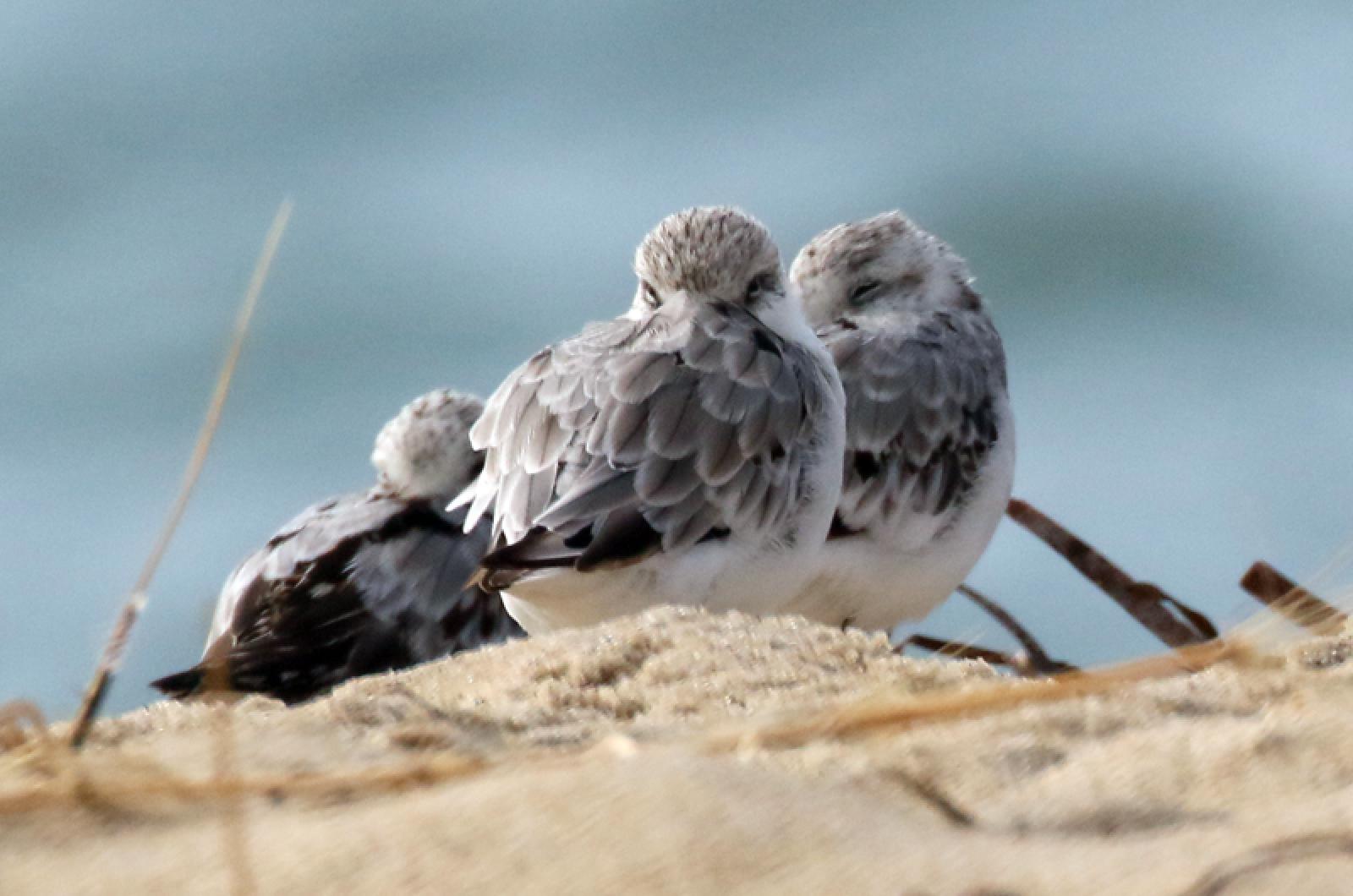
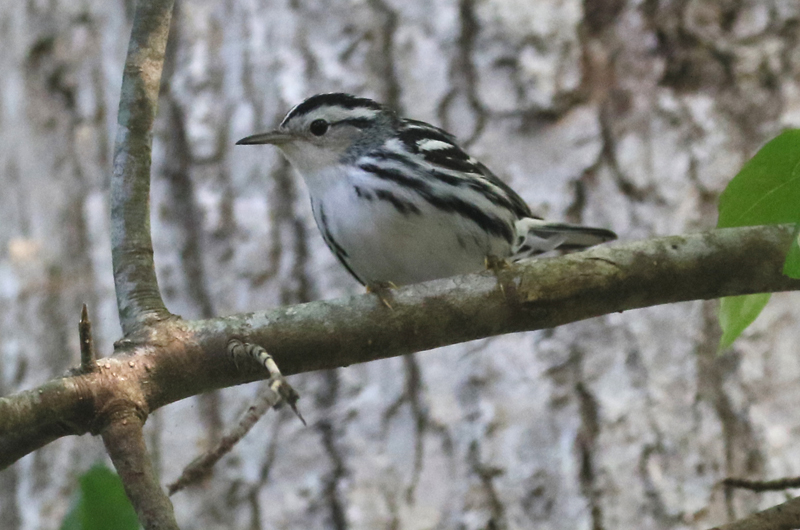
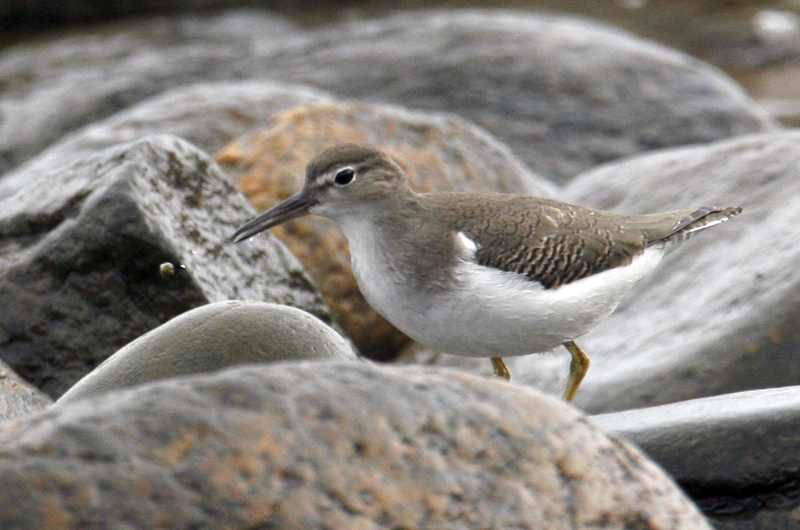
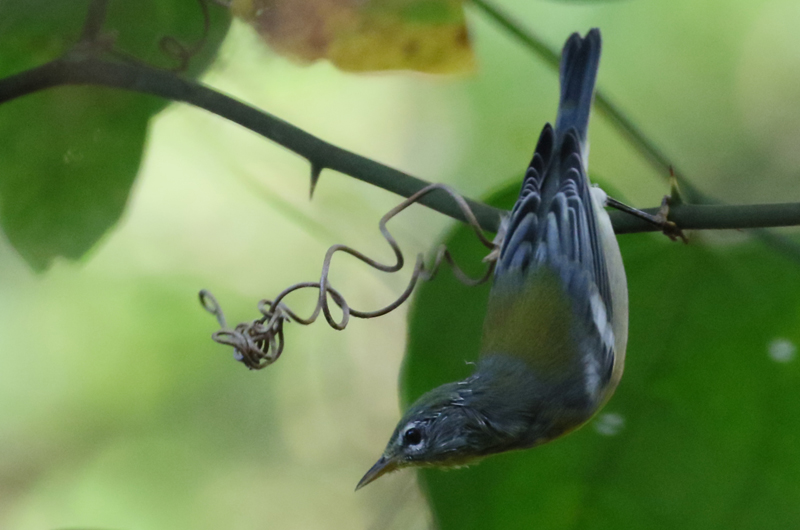
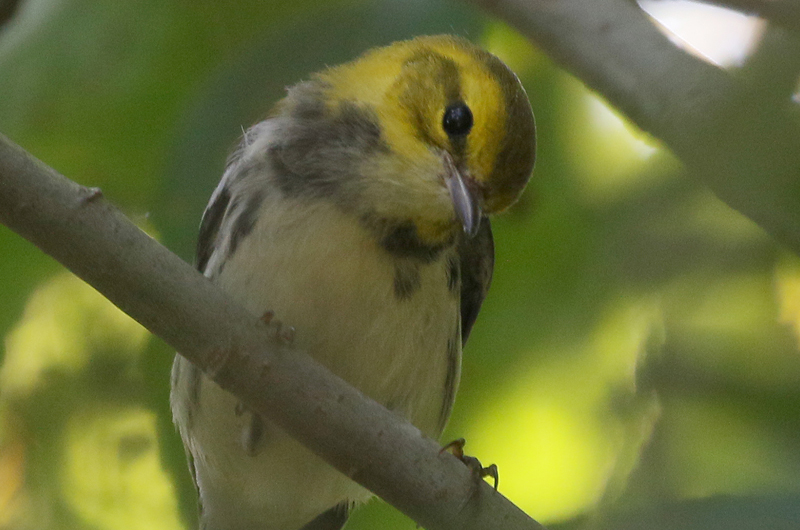





Comments
Comment policy »